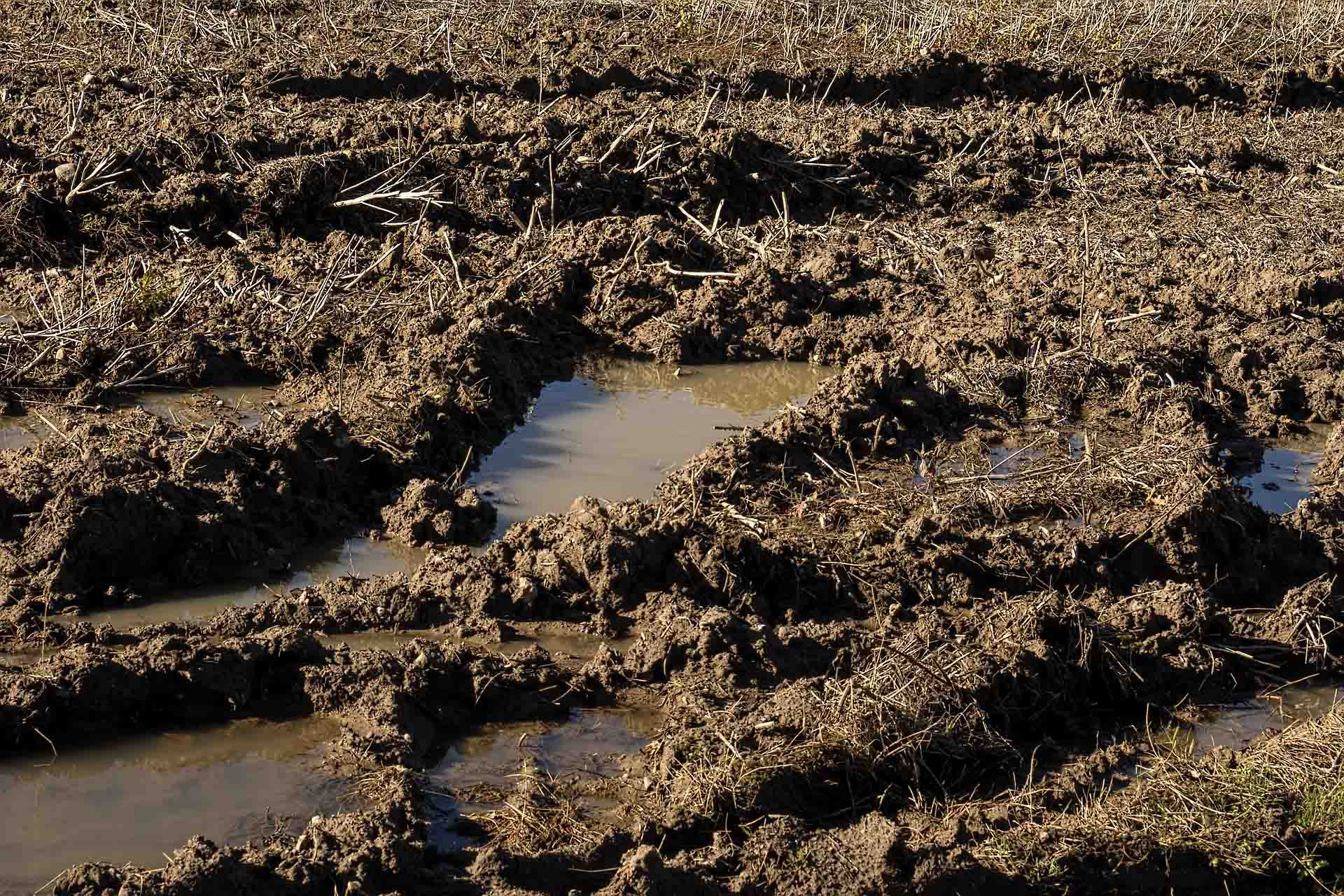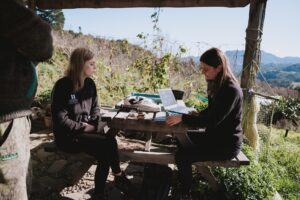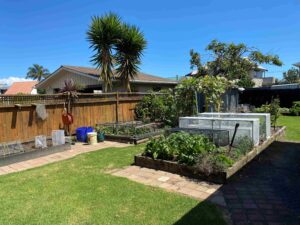Environmental and economic performance and sustainability of our agriculture, including forestry, can be greatly influenced by soil quality.
Soil physical condition – commonly referred to as ‘soil structure’ – has an important influence on farm economics and environment.
Soil structure determines the porosity, strength and stability of a soil. For all practical purposes, these are the most important soil physical properties because they influence the movement and storage of water in the soil, the ability of roots to penetrate and grow in the soil and withdraw water and nutrients, and finally the ability of a soil to resist erosion.
A well-structured soil has many stable aggregates with a wide range of sizes. It contains a large number of pores, both within and between those aggregates, which maintain the correct balance of air and water in the soil and also allows easy emergence of seedlings and growth of plant roots.
Poorly structured soil either does not have aggregates of many different sizes or the aggregates are packed tightly together with few pores. Poor structure in a light textured soil results in unstable aggregates and the soil appears fine and powdery. Poor soil structure can markedly increase the risk of wind erosion.
Soil porosity and water holding capacity
Over half the total soil volume consists of pores in a well-structured soil. About 40 per cent of these pores are very small and nearly always filled with water held so tightly that plant roots cannot withdraw it.
The proportions of sand, silt, clay and organic matter determine volumes of these small pores.
Medium size pores retain water, which can be taken up by the roots. The volume of these pores determines the water holding capacity of a soil and therefore its susceptibility to drought.
Large pores (macropores) are the structural soil pores, and are important for infiltration of water into the soil, drainage of excess water from the soil, aeration of the root zone, and as passages for root growth in the soil.
Damage to soil structure
The two main forms of soil structural damage are aggregate breakdown and soil compaction.
Aggregate is caused by some natural processes, such as wet/dry and freeze/thaw cycles. Soils comprising mostly of silt and sand, with only a small proportion of clay, are most susceptible because these soils are only loosely bound.
Organic matter is a major soil binding constituent, so soils with low organic matter are particularly susceptible. Cultivation significantly reduces soil organic matter content and can rapidly result in serious aggregate breakdown with the risk of erosion, crusting, and poor infiltration of rain and irrigation water.
Soil compaction is the compression or squeezing of a soil. Soil compaction reduces the number and volume of large soil pores (macropores) and increases soil density. Large pores are important for the movement of water and gases in the soil. Small pores are responsible for water and mineral storage.
A well-structured soil has a macro-porosity of 15-20 per cent. Soils differ in their resistance to compaction because of their difference in texture, mineralogy, organic matter content and water content. The wetter a soil is the greater its susceptibility to damage, because water reduces soil cohesion and lubricates the movement of aggregates.
With compaction, the proportion of fine pores is increased, causing a decrease in water drainage and air exchange. Plant root growth is also restricted, causing a decline in the plant’s ability to absorb water and nutrients.
Farm machinery and heavy animal grazing is the source of compaction especially in wet conditions.
Pugging results in immediate loss of pasture production, through a loss in plant number, tiller number, and reduction in nitrogen fixation. So, pugging limits nitrogen supply, pasture production and consequently animal production.
DETAILS: A soil health and biodiversity field day is being held at Paterangi, near Te Awamutu, on Wednesday, 19 October. Please visit waikatoregion.govt.nzpublic-events for the details and to RSVP.
– Bala Tikkisetty is a sustainable agriculture advisor (technical) at Waikato Regional Council, Ph 0800 800 401.

Pugging results in immediate loss of pasture production, and consequently animal production. File Photo: PIXABAY



